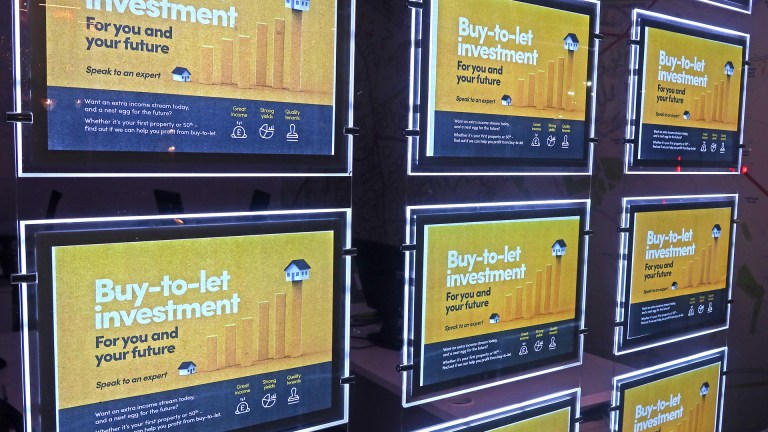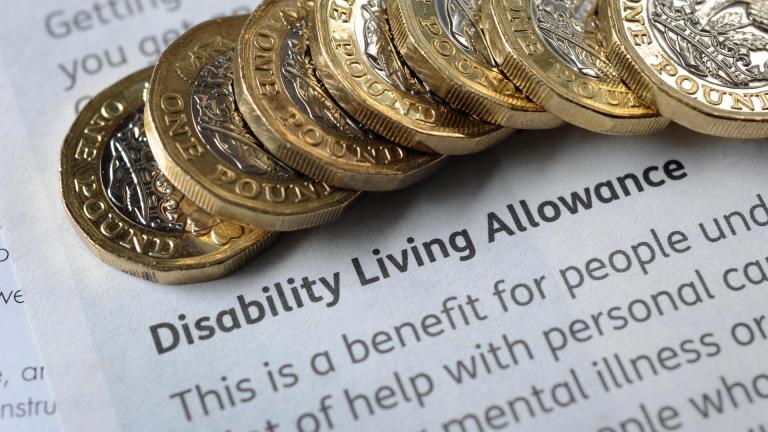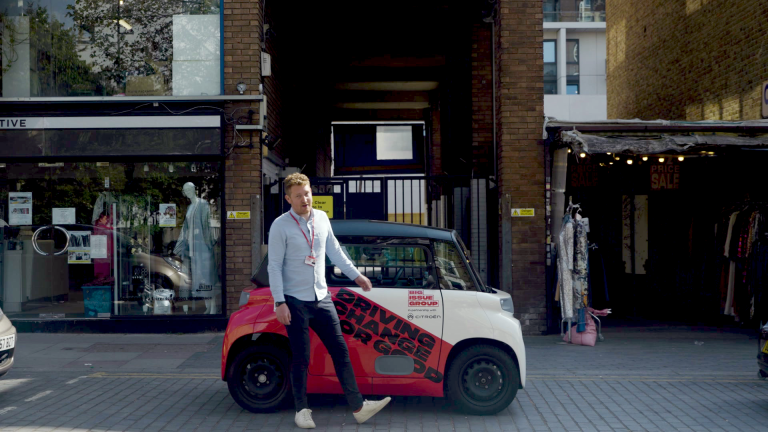“Most people – and significantly, most women – work at home on the corner of the kitchen table, on the sofa, in the bedroom, on the corner of bed, in inappropriate places, really, where it’s very difficult to isolate yourself from the hurly burly of the the home, and therefore, more stressful and more difficult,” he told Big Issue.
“It’s harder in these places to insulate yourself from intrusions.”
Men are more likely than women to work in a room dedicated to work, researchers found – around 60% of men do so compared to 40% of women. The reverse is true for those working in spaces used for other purposes such as the living room or the kitchen – 59% of women report working in these spaces compared to 41% of men.
The “gender element” is driven by broader economic factors, Felstead continued.
“Those contributing more to the household budget, residents of larger homes and those spending more time working at home are more likely to have the resources and space to create a home office,” he said.
“There’s a gender element to that, but it’s actually driven by the resources. Men on average earn more than women… Men on average make a greater contribution to the household income, so they have more power and resources to carve out spaces.”
Advertising helps fund Big Issue’s mission to end poverty
The poll – which takes place every six years, and is run by Cardiff University, UCL, Nuffield College Oxford and the University of Surrey – corroborates previous studies showing the gendered dimensions of working at home.
During the COVID-19 pandemic, mothers were doing 1.5 more hours of unpaid domestic labour and childcare per day than fathers, even when both were working at home. They were also more likely to experience interruptions, Institute for Fiscal Studies research shows.
How many Brits work at home?
In 2019, about 4.7% of the UK population worked from home; the tally now exceeds 40% (16% fully remote, 28% hybrid, Office for National Statistics figures show).
For many people, this development has delivered greater flexibility and work-life balance. According to an International Workplace Group (IWG) survey conducted last year, three-quarters of those who work flexibly feel less burnout compared to when they spend the whole week in the office. Nearly nine in 10 (86%) had improved their work-life balance.
The new Skills and Employment Survey corroborates these findings. Around two-thirds of homeworkers described it as an essential or very important part of the employment package. Office for National Statistics staff and staff at the Metropolitan Police last year voted for industrial action over their right to flexible work.
“Hybrid is really here to stay,” said Felstead. “People are used to it, and people are even willing to go on strike to protect it, to resist return-to-office mandates.”
Advertising helps fund Big Issue’s mission to end poverty
But if home working isn’t going anywhere, it’s important to take note of the power dynamics that underlie it. The interruptions faced by women are one example.
A 2021 French study shows that women were approximately 1.5 times more likely to face frequent interruptions during remote work.
And secondly – not everyone can work at home.
“It does tend to favour those most privileged in the labour market,” Felstead said. “The ‘unsung heroes’ of COVID, for example, the health workers, your delivery drivers, shop workers – they’re fixed to a place of work, or driving around delivering goods and products.
“So there needs to be other forms of flexibility. There needs to be broader appreciation of flexible working in all its forms, to so that we’re not just helping continue to help those that are relatively well off. We need to help those that are less.”
Policy, therefore, needs to focus on promoting all forms of flexible working, the report authors conclude – including compressed hours, flexitime, job sharing, part-time work, staggered hours, and annualised hours.
Advertising helps fund Big Issue’s mission to end poverty
Do you have a story to tell or opinions to share about this? Get in touch and tell us more. Big Issue exists to give homeless and marginalised people the opportunity to earn an income. To support our work buy a copy of the magazine or get the app from the App Store or Google Play.









